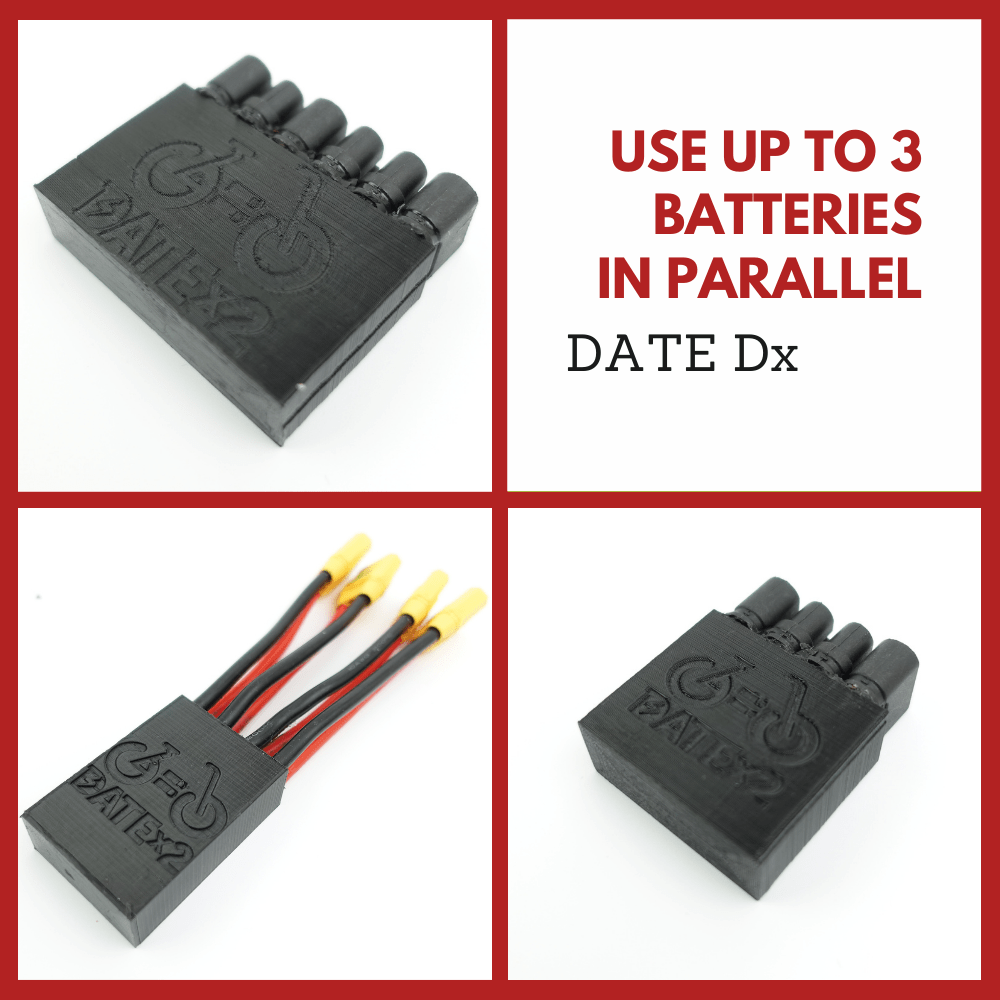Mike_Kelly
10 mW
Say we have two identical lion batteries for grins 36v 10s2p. When a charge cycle is started the BMS charges a little, equalizes, charges a little more and equalized until the battery is full.
1, If the batteries are left connected to the charger the input is turned off because the BMS detects the battery is full.
2. If the two batteries are connected in Parallel will the slightly lower voltage battery BMS detect the higher voltage battery as a "charger" or charge source and shutdown the lower voltage battery output because it is as full as it is going to get?
3. IF we add a solar charger into the mix will it always be detected as a charge source and both batteries BMS will shutoff the outputs of the batteries of the solar charger is left connected while the load is being used?
If a battery has a separate charge port how does that work? Does it turn off the output when it detects a voltage on the charge port?
Thanks very much
1, If the batteries are left connected to the charger the input is turned off because the BMS detects the battery is full.
2. If the two batteries are connected in Parallel will the slightly lower voltage battery BMS detect the higher voltage battery as a "charger" or charge source and shutdown the lower voltage battery output because it is as full as it is going to get?
3. IF we add a solar charger into the mix will it always be detected as a charge source and both batteries BMS will shutoff the outputs of the batteries of the solar charger is left connected while the load is being used?
If a battery has a separate charge port how does that work? Does it turn off the output when it detects a voltage on the charge port?
Thanks very much







